The RMS Leinster was sunk 100 years ago today, October 10th. The ship was torpedoed and sunk by German submarine UB-123 shortly after leaving Dún Laoghaire (then Kingstown). Current research shows that 564 people were lost in the sinking. It was the greatest loss of life in the Irish Sea and the highest death toll on an Irish-owned ship.
From 1850 until 1920, the City of Dublin Steam Packet Company (CDSPCo) operated a mail and passenger service between Dún Laoghaire and Holyhead. Because they carried the Royal Mail, the company ships had the prefix RMS, for Royal Mail Steamer. The ships were the RMS Connaught, RMS Leinster, RMS Munster and RMS Ulster.
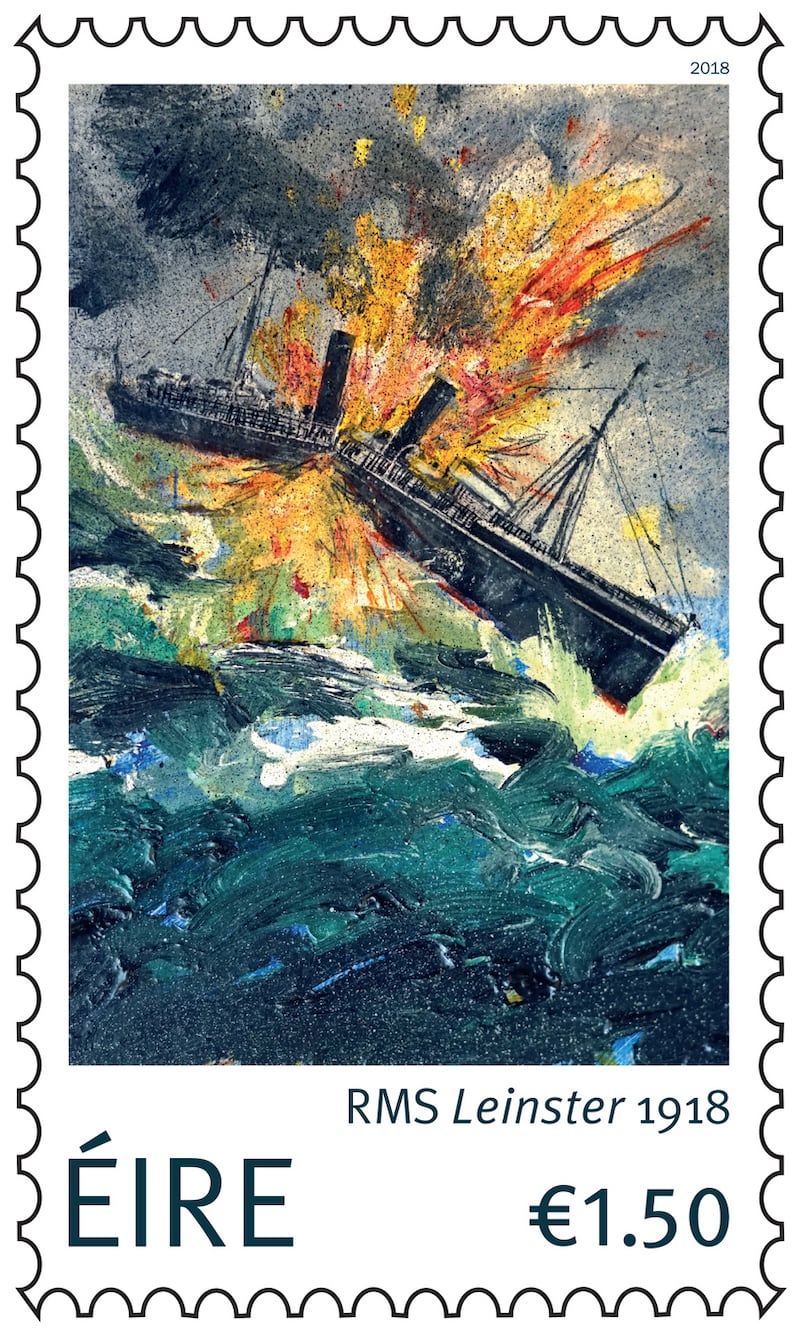
Throwing flowers overboard at the exact spot where the RMS Leinster was sunk by a German U-boat 100 years ago today. pic.twitter.com/ye1VlMWt5b
— Ronan McGreevy (@RMcGreevy1301) October 10, 2018
The mail contract was a lucrative one, but heavy penalty clauses meant the company was fined for every minute a ship (and thus the mail) was late. This meant that despite weather conditions – and the submarine peril during the first World War – the ships always sailed. Two ships were normally on the route, with a third at Holyhead, ready to sail if called upon in the event one of the others had problems. The final ship would be undergoing the regular overhaul necessary to maintain the ships at the level of efficiency required to meet the terms of the mail contract.
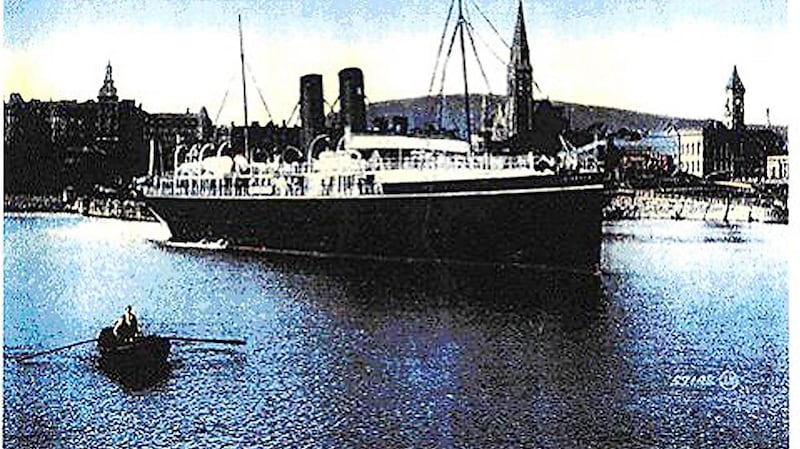
In 1894, having obtained a further mail contract, the company placed an order with Laird’s ship builders of Birkenhead for four identical twin-screw steamers to replace the paddle-steamers then in use. Like their predecessors, the ships were named after Ireland’s provinces.
With a speed of 24 knots, the 2,640-ton vessels were the fastest of their type in the world. They made the Irish Sea crossing in two hours and 45 minutes. The ships' crews were mainly drawn from Dún Laoghaire and Holyhead. Each ship had an onboard post office, staffed by members of Dublin Post Office. On March 3rd, 1917, the RMS Connaught – which had been commandeered by the Admiralty – was torpedoed and sunk in the English Channel with the loss of three crewmen.
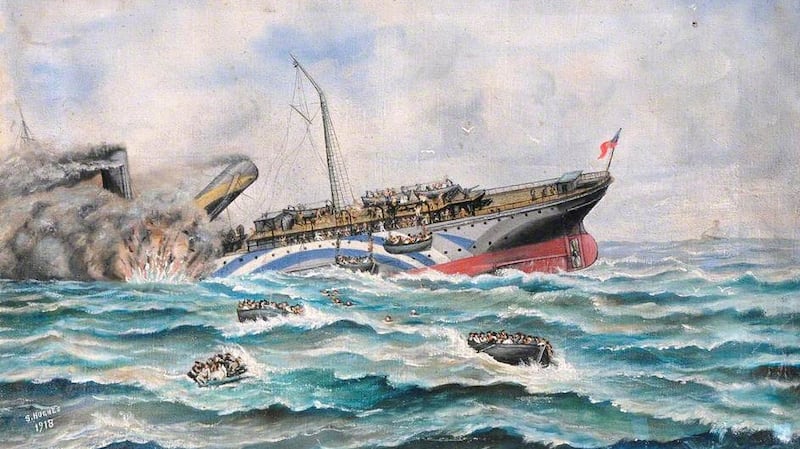
Meanwhile, the other three “Provinces” continued to operate on the Irish Sea. Blockaded by the Royal Navy from the start of the war, Germany was striking back with the U-boats. This weapon came close to winning the war for Germany, until the Allies (America joined the war in 1917) found an effective counter-measure by sailing trans-Atlantic shipping in convoys, escorted by destroyers. With the convoys proving difficult to attack, the Germans switched their attacks to the waters around Britain and Ireland and in the Irish Sea, where shipping was rarely escorted.
In the aftermath of the sinking, bodies were washed ashore and buried in Wales, the Isle of Man and Scotland
In late 1917 and during 1918, the "Provinces" had a number of narrow escapes when attacked by U-boats. On October 10th, 1918, the company's luck ran out when, shortly after leaving Dún Laoghaire, German submarine UB-123 fired three torpedoes at the RMS Leinster. The first missed, but the other two struck and sank the ship. A total of 21 of the 22 postal sorters aboard were lost, as were about half of the ship's crew. Among the lost were civilians from various parts of Ireland and Britain. That day the majority of passengers – and the majority of casualties – were military personnel going on leave or returning from leave. They included soldiers, sailors, airmen and military nurses from Ireland, Britain, Australia, New Zealand, Canada and the United States. Almost 150 of them are buried in Grangegorman Military Cemetery in Dublin.
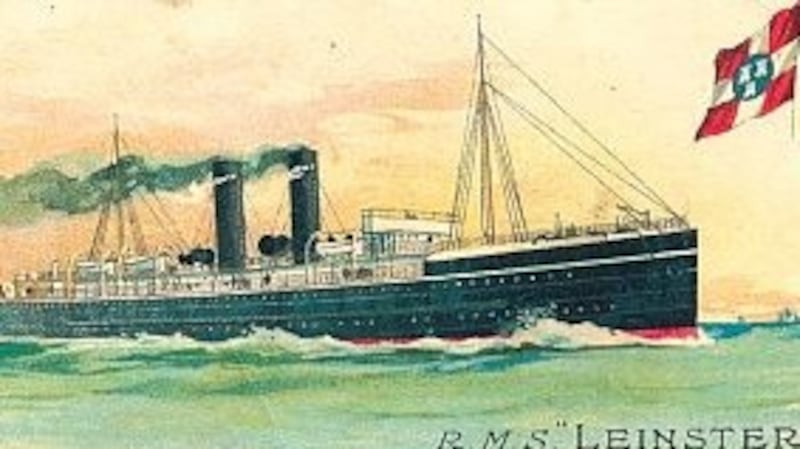
In the aftermath of the sinking, bodies were washed ashore and buried in Wales, the Isle of Man and Scotland.
In 1991, a team of divers recovered the ship’s starboard anchor. It sits on Dún Laoghaire’s seafront, a memorial to the sinking.
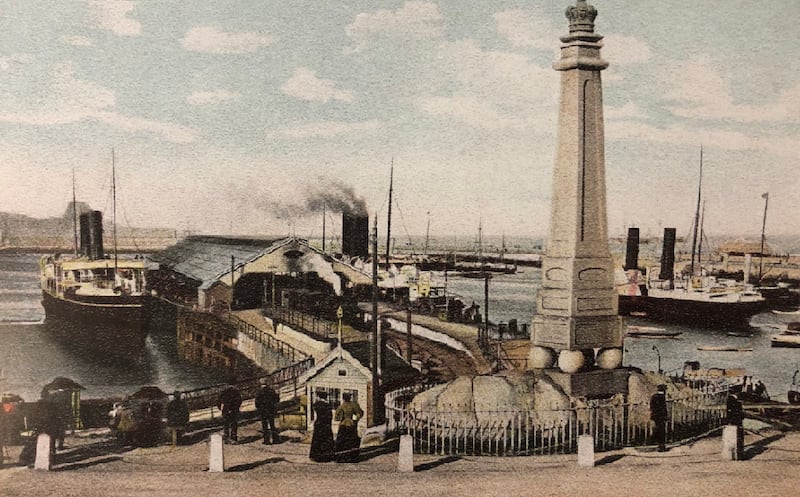
Working with Dún Laoghaire Rathdown County Council, government departments, Dún Laoghaire Rathdown Library Service, the National Maritime Museum, St John Ambulance and local groups, the Commemorations Unit of the Department of Culture, Heritage and the Gaeltacht put together a commemorative service which in Dún Laoghaire tomorrow will remember those who died on the RMS Leinster. The National Maritime Museum has a comprehensive programme for centenary week and an exhibition which includes a touchscreen with information on everyone on the ship. An Post has issued a commemorative stamp and commissioned Fatal Voyage, a dramatisation of the sinking at the Pavilion theatre in Dún Laoghaire tonight.
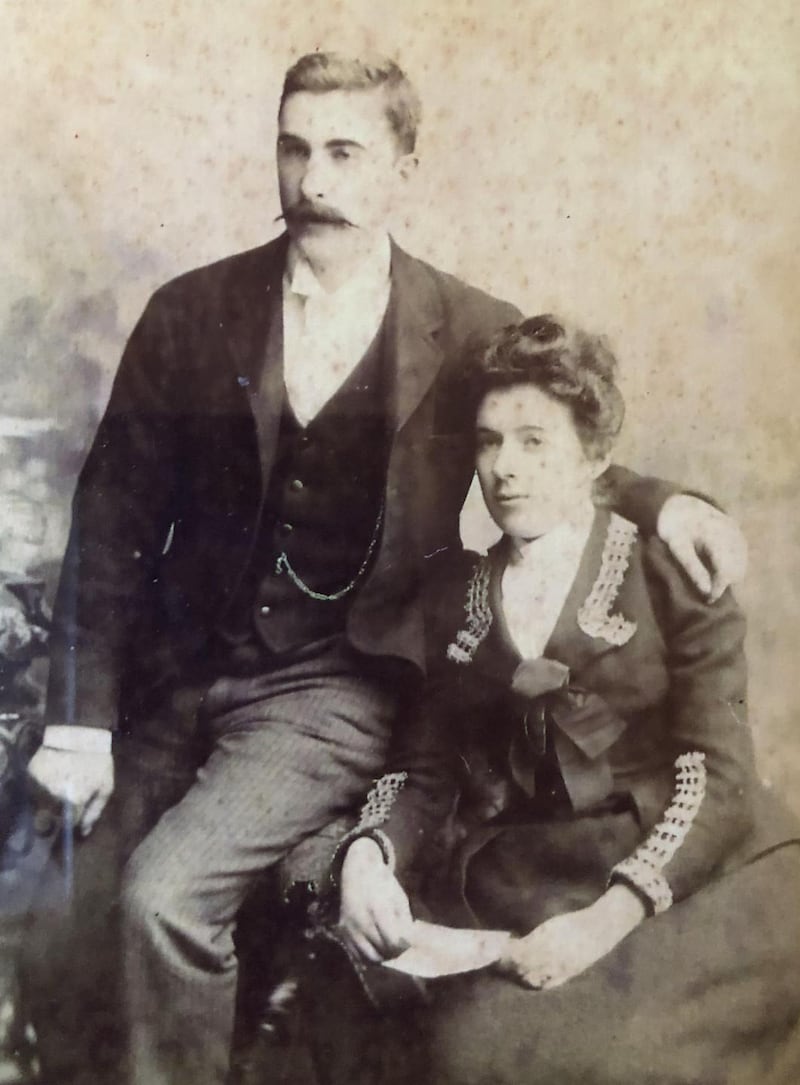
Commemorative services are also being held today in Holyhead, the Isle of Man, Nottingham, Doncaster and Florida.
Recent publications on the sinking include Carmel Uí Cheallaigh's children's book RMS Leinster: The Forgotten Tragedy, the Clare Roots Society booklet on Co Clare casualties and my own book on the women and children who were aboard the ship. The commemorative work will help restore the RMS Leinster to its rightful place in Irish history and memory.
The author's Women and Children of the RMS Leinster is published by Elm Books









